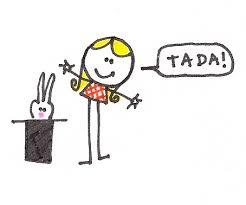
You realize, don't you, that probing the uneasy interface between symbol and substance, in the case of authority figures, is a revolutionary act? It's a necessary act, if religious and social authority figures are to be called to accountability.
Those asking us to take symbols (e.g., Vatican media statements) at face value and to stop asking impertinent questions about them are, whether they're aware of this, colluding with authority figures to forestall the kind of probing necessary to produce transparency and accountability.
They are doing a great disservice to those authority figures, if their goal is, as they often claim, to call authority figures to transparency and accountability. While what they're doing in reality is helping the authority figures to employ symbols to divert our attention from substance and the challenge of substantive change.
The Catholic media in the U.S. bear tremendous blame historically and at this point in history as well for allowing themselves to be used by the pastoral leaders of the church to transmit symbols in an entirely uncritical way, while forestalling the kind of open, inclusive, wide-ranging discussion of those symbols that is necessary, if they're to be translated into action, made real in the world in which we live — if religion is to have a more than symbolic import for culture.
One reason the Catholic media cannot permit such discussion is that the Catholic media themselves have been a large part of the problem when inclusivity — opening the dialogue, broadening it — is the topic of discussion. Historically, they have been dominated by white heterosexual males. They have had, and continue to have, great difficulty opening to the voices of those outside that particular slice of the human community.
Many of the pope's most ardent symbol-defenders within the Catholic media are, as well, fellow Jesuits — more white males who are, like him, ordained, belonging to a very elite club within the Catholic institution as a whole. While talking nicely about inclusion and broadening the dialogue, they and the Jesuit community they represent remain an exclusively male club, a club exclusively for ordained men — and Jesuit publications do almost nothing at all to include the voices of a wide range of Catholic women.
They do nothing at all to include the voices of openly LGBT Catholics. As Mary Hunt noted several days ago, when former Jesuit John McNeill died recently, the leading Jesuit journal in the U.S., America, shamefully uttered not a peep about his death on its blog.
You realize that the leaders of the Catholic community, with the collusion of the Catholic (and mainstream) media, play a lot of games, don't you? With your life. With my life.
And if they get away with these games — if we choose to believe that the telenovela is real — then perhaps we have no one to blame but ourselves.
On the graphic, please see this previous posting.

